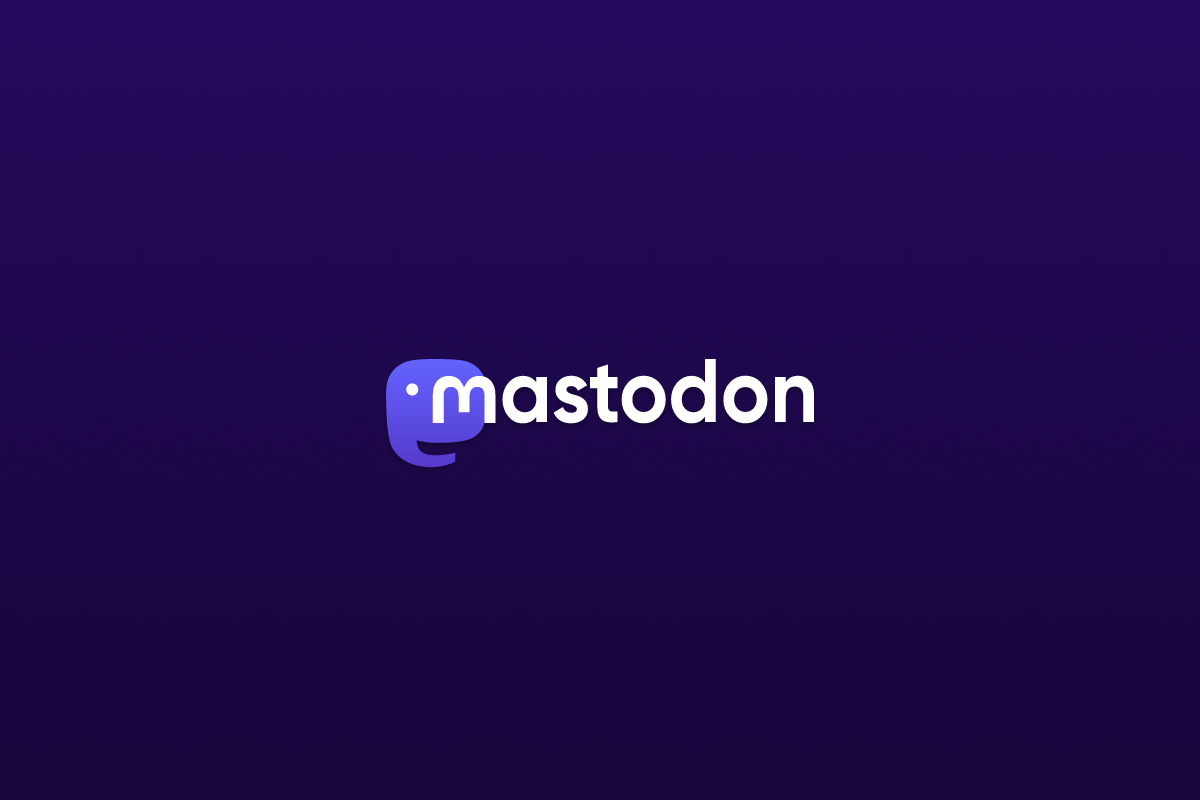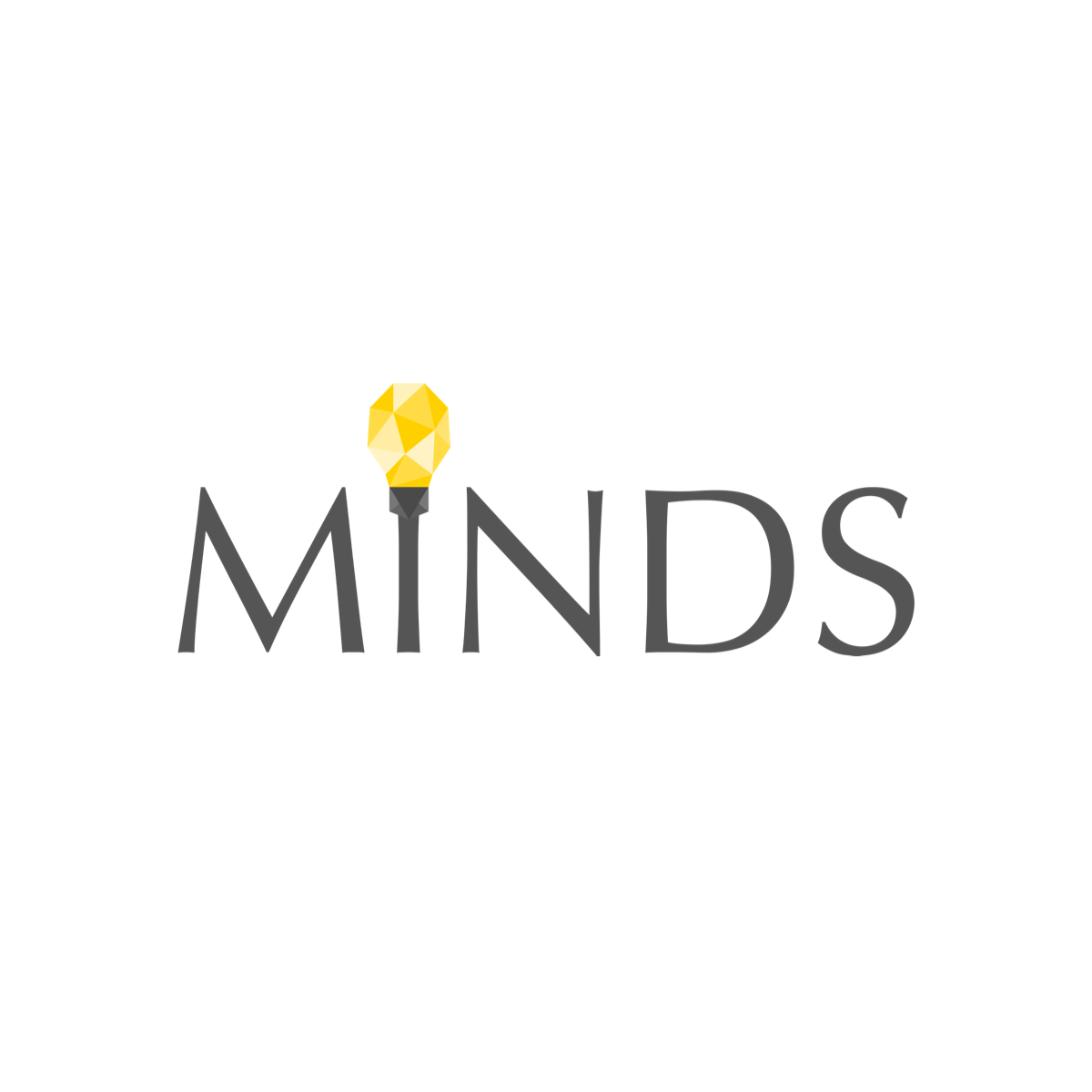- MEDIA FEDERATION
- Posts
- The Intersection of AI and Decentralized Media
The Intersection of AI and Decentralized Media
Opportunities and Challenges in the Digital Landscape
In the rapidly evolving digital landscape, the convergence of artificial intelligence (AI) and decentralized media is emerging as a transformative force. As concerns about data privacy, censorship, and the dominance of tech giants intensify, decentralized media offers a promising alternative. This shift is particularly significant in the context of AI, which, while providing powerful tools for content personalization, also threatens traditional media models by further centralizing control. For The Federated Edge readers, understanding this intersection is key to navigating the future of decentralized platforms.
Publishers Pivot to Decentralized Platforms
Publishers are increasingly wary of AI’s potential to disrupt their direct connections with audiences. Centralized platforms like Facebook and TikTok already dominate content distribution, and AI-driven systems risk automating and personalizing feeds in ways that could sever these ties entirely. In response, many publishers are turning to decentralized platforms such as Surf browser, Bluesky, and Mastodon. These platforms, built on decentralized architectures, empower publishers to regain control over content distribution, reducing reliance on centralized intermediaries. By leveraging these tools, publishers can maintain their audience relationships in an AI-dominated world.
Social media platforms are also exploring decentralized AI to tackle privacy and censorship issues. Unlike centralized systems, decentralized AI enhances data privacy by distributing information across multiple nodes, minimizing breach risks and giving users greater control over their data. It also reduces censorship and bias by decentralizing moderation, preventing one-sided content suppression.
Platforms like Minds and Steemit are already using decentralized AI to curate content and reward users, showcasing the potential for more transparent, user-centric social media experiences. For users tired of opaque algorithms and data exploitation, this shift is a game-changer.
Challenges of Integration
However, integrating AI into decentralized media isn’t seamless. Merging decentralized AI with existing systems is complex and costly, requiring significant reconfiguration. Ensuring data consistency across distributed nodes demands advanced synchronization techniques, while maintaining security and trust is critical in a decentralized network. Scalability poses another hurdle—systems must handle growth without sacrificing performance.
Regulatory compliance, especially with evolving privacy laws, adds further complexity. User adoption also remains a challenge, as decentralized platforms often require navigating unfamiliar interfaces. Finally, governance in decentralized systems needs flexible models to coordinate distributed stakeholders effectively.
The Path Forward
Despite these hurdles, the future of decentralized AI in media looks bright. Innovations in scalable blockchain infrastructures and governance models are key to overcoming current limitations. Platforms like DcentAI are addressing integration, synchronization, and security challenges, paving the way for broader adoption. As these technologies mature, decentralized AI could redefine the media landscape, offering users greater control, transparency, and trust. The focus must remain on building solutions that are both technically robust and user-friendly to drive mass adoption.
Current AI integration uses include:
Spam Detection: Minds employs AI to filter spam and low-quality content, improving user engagement.
Content Curation: DTube uses AI to suggest videos based on user preferences, mimicking centralized platforms but without data collection.
Smart Contract Payments: Steemit leverages AI to optimize its crypto payout system, ensuring fair distribution.
Federated Learning: This technique, where AI models train on user devices, is gaining traction for privacy.
A New Media Frontier
In conclusion, the intersection of AI and decentralized media marks a pivotal moment for the digital ecosystem. Publishers and social media platforms are increasingly embracing decentralized solutions to counter AI-driven threats and centralized control. While challenges remain, the potential for decentralized AI to enhance privacy, reduce censorship, and empower users makes it a critical area for continued innovation and investment. For The Federated Edge community, staying ahead of these trends means embracing a future where media is more distributed, equitable, and user-focused.
As we navigate the evolving landscape of AI and decentralized media, your insights are crucial. How do you see these technologies shaping the future of content creation and distribution? Share your thoughts in the comments below and join the conversation.
This article is based on insights from recent research, including articles from The New York Times, Medium, and Forbes, as well as discussions on X, reflecting the latest developments as of March, 2025.


Reply